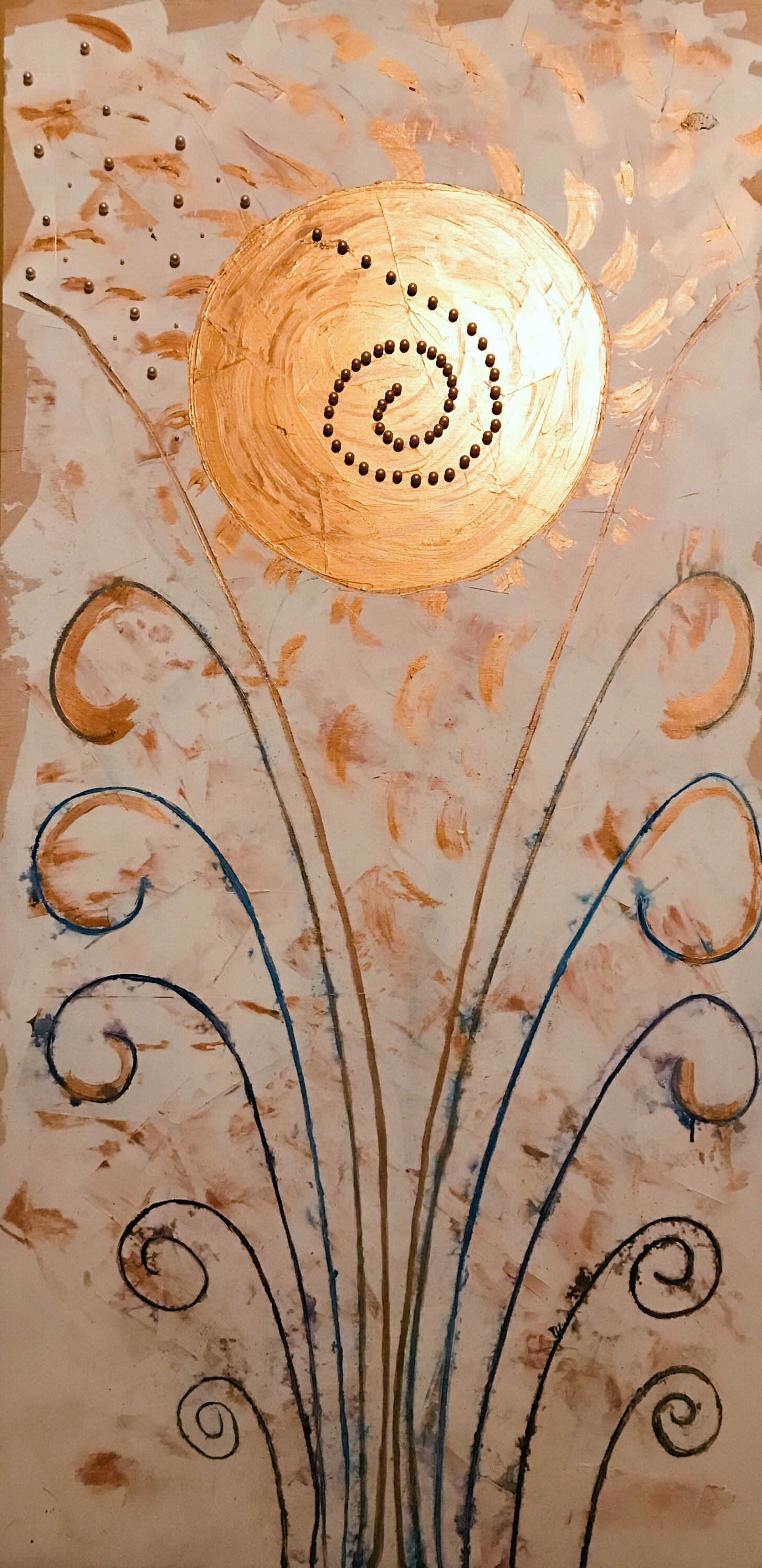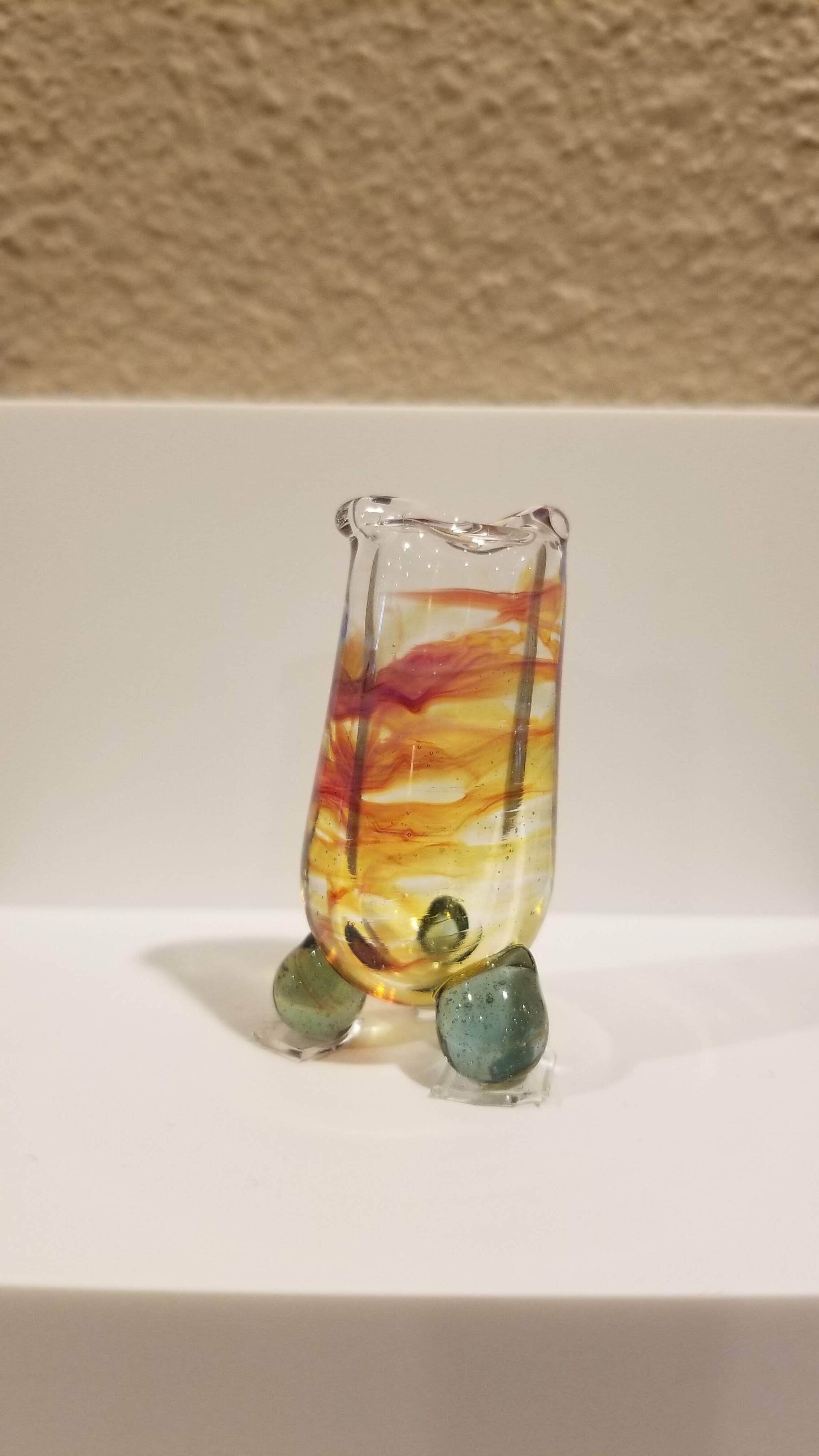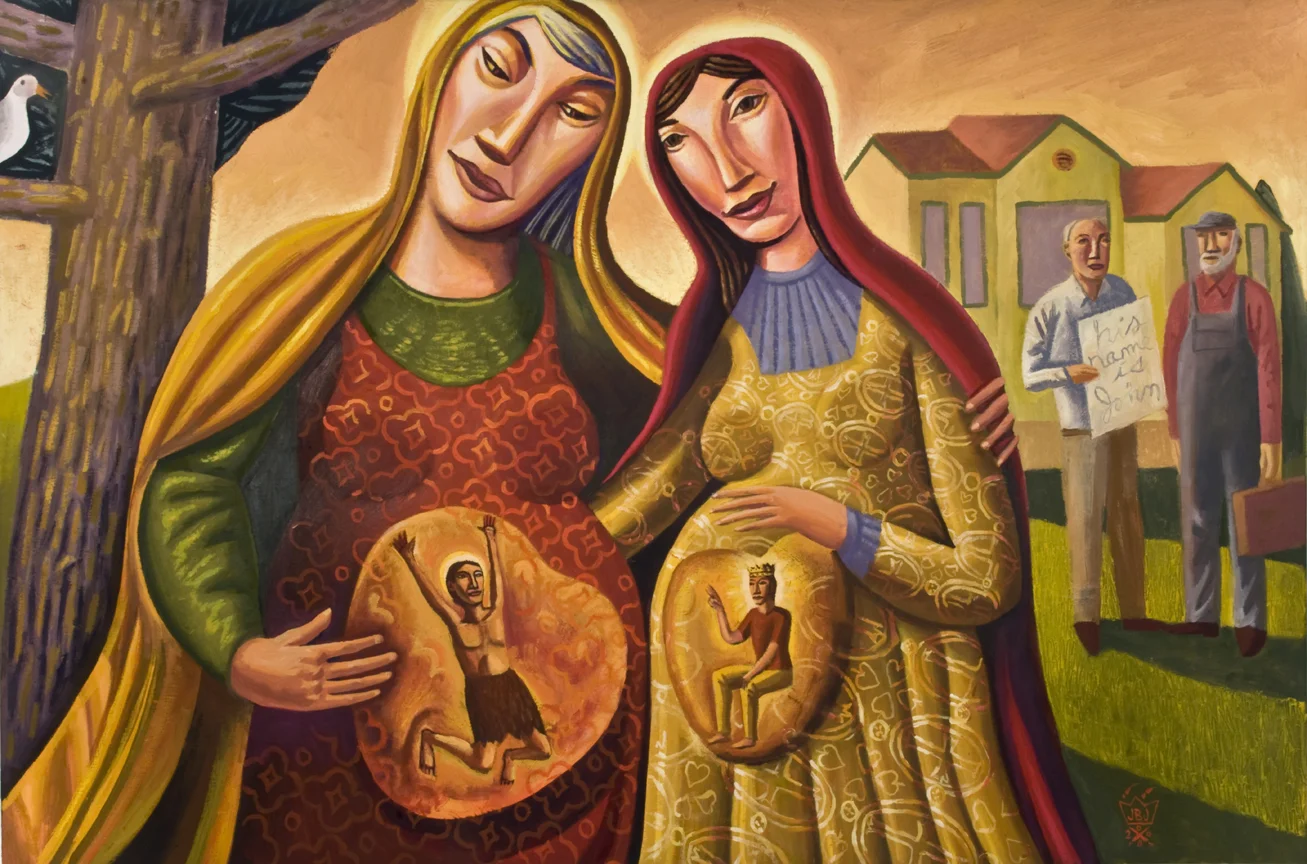I took a walk this morning. On my way back, a neighbor I don’t often talk to waved me down. She was refilling her bird feeders, but set her task aside to get closer to where I stood on the road.
We exchanged greetings and then talked about . . . hair. And somehow, hair and hair management was the metaphor for all the big things: connections and interdependence, the difference between isolation and solitude, the truth of our fragility and the truth of our resilience.
It reminded me of this poem:
I Confess
I stalked her
in the grocery store: her crown
of snowy braids held in place by a great silver clip,
her erect bearing, radiating tenderness,
the way she placed yogurt and avocados in her basket,
beaming peace like the North Star.
I wanted to ask, "What aisle did you find
your serenity in, do you know
how to be married for fifty years, or how to live alone,
excuse me for interrupting, but you seem to possess
some knowledge that makes the earth burn and turn on its axis—"
but we don’t request such things from strangers
nowadays. So I said, "I love your hair."~Alison Luterman (her website is here: https://www.alisonluterman.net/)
I love this poem for the way it highlights the rich interior connections we make with others and the mundane greetings we send into the world pregnant with meaning. (I also love it because of the way it entered my world: a dozen years ago Todd got home from work and was emptying his pockets. He handed me a little wadded scrap of paper and said, “oh, this is for you! I thought you’d like it.” My first thought was that he was giving me a used tissue, but I carefully opened it to find this poem. He saw it inside a MAX train, on the wall, and wrote it down. Quite possibly the most romantic gesture of all time…)
I’ve been thinking that maybe many of our divisions are because we forget that we are a metaphorical people. We forget about the deep, rich interiors of one another. So, this month of May I am on the lookout for those current cultural metaphors that we use when we don’t have words to say:
you are amazing
you are beautiful
I don’t know how to help
I don’t know how to make it better
I see you
I would love to hear from you. What cultural metaphors are you noticing?
And, seriously… I LOVE your hair.


































